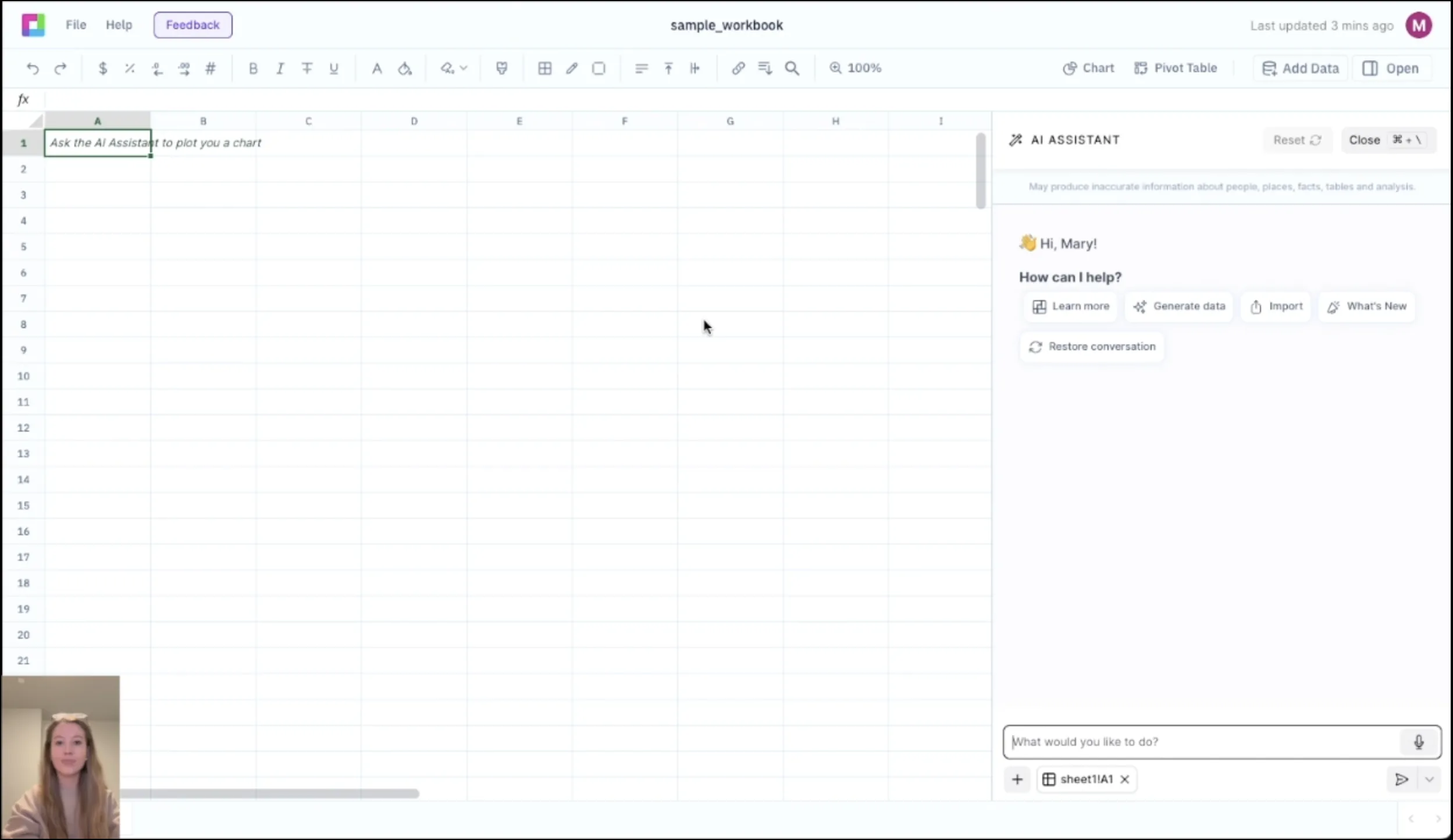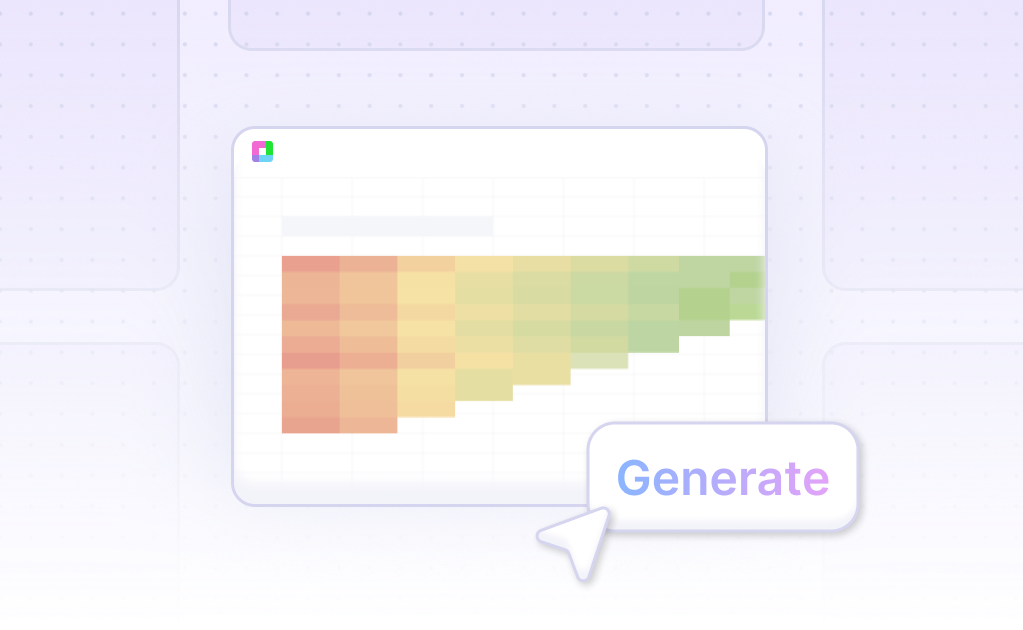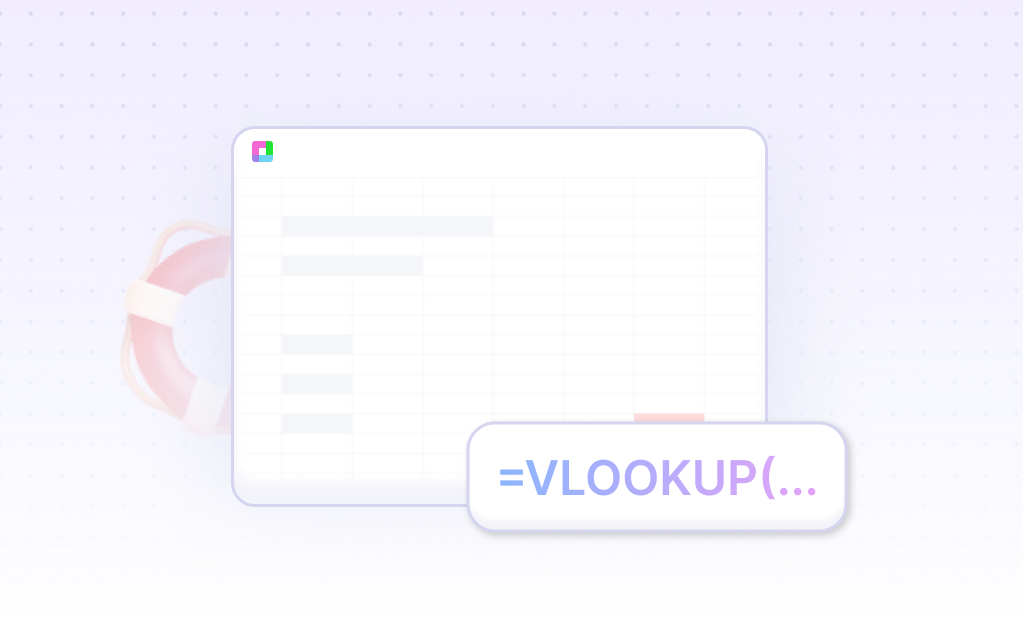
Plan Your Financial Future with Data-Driven Precision
Accurate financial forecasting is essential for strategic planning, investment decisions, and risk management. Our Financial Forecasting Model provides comprehensive tools to project revenues, expenses, and cash flows with multiple scenarios and sensitivity analysis.
From monthly budgets to multi-year strategic plans, build robust financial projections that guide decision-making. Built for CFOs, finance teams, and business leaders, this template helps you anticipate challenges, identify opportunities, and make informed strategic choices.
Advanced Revenue Forecasting Framework
Multi-Stream Revenue Modeling
Model different revenue streams with unique growth patterns, seasonality, and market dynamics. Track recurring revenue, one-time sales, and service revenue with appropriate forecasting methodologies for each stream.
Market-Based Growth Assumptions
Build growth assumptions based on market size, competitive positioning, and customer acquisition rates. Validate projections with historical performance and industry benchmarks.
Seasonal & Cyclical Adjustments
Incorporate seasonal patterns and cyclical variations into revenue projections. Account for holiday seasons, economic cycles, and industry-specific timing factors that impact revenue.
Customer Cohort Analysis
Project revenue from existing customers, new customer acquisition, and customer retention rates. Model lifetime value and churn patterns to understand revenue sustainability.
Comprehensive Expense & Cash Flow Planning
Cost Structure Analysis
Break down expenses into fixed, variable, and semi-variable components. Model how costs scale with revenue growth and identify opportunities for operational leverage.
Working Capital Management
Project working capital requirements including accounts receivable, inventory, and accounts payable. Model payment terms, collection cycles, and inventory turnover rates.
Capital Expenditure Planning
Forecast capital expenditures for growth initiatives, maintenance, and efficiency improvements. Link capex to revenue growth and operational capacity requirements.
Cash Flow Projections
Generate detailed cash flow projections including operating, investing, and financing activities. Track cash conversion cycles and identify potential liquidity constraints.
Frequently Asked Questions
How far ahead should I forecast?
The template supports forecasting horizons from 1-5 years with monthly detail for the first year and quarterly/annual detail thereafter. The appropriate horizon depends on your business cycle and strategic planning needs.
How do I handle seasonality in forecasts?
The template includes seasonal adjustment factors and historical pattern analysis. It automatically applies seasonal trends while allowing for manual adjustments based on changing market conditions.
Can it handle different business models?
Yes, the template adapts to different business models including SaaS, retail, manufacturing, and services. It includes industry-specific metrics and forecasting approaches for each model.
How does it validate forecast accuracy?
The template includes variance analysis comparing actual results to forecasts. It tracks forecast accuracy over time and identifies systematic biases to improve future projections.
Does it include scenario planning?
Yes, the template includes best-case, base-case, and worst-case scenarios with probability weighting. It helps you understand potential outcomes and plan for different market conditions.
Related Financial Planning Tools
Connect your most-used data sources and tools to Sourcetable for seamless analysis.
Frequently Asked Questions
If you question is not covered here, you can contact our team.
Contact Us





